“The important thing is not to stop questioning. Curiosity has its own reason for existing.” ― Albert EinsteinI can’t remember where I heard it, but it’s a great aphorism. Be relentless about the goal, but flexible about the methods. Another way to say it is: Be relentless about the what and the why. Be flexible about the how. We walk around with these axioms in fundraising. Consider: “Always call to get the visit.” And “Always ask for money in person.” Well, we’ve been presented with an opportunity to question these methods and how we do fundraising. I did a webinar recently about Frontline Fundraising in a Virtual Environment and I shook things up by confessing that I *gasp* didn’t often call to get visits. Folks were very interested in this maverick idea. It’s not really that maverick. It’s efficient. I send individual, personalized emails to the donors I would like to meet with and let those responses come in for 24-48 hours or until I have a full schedule. Of course, those emails are NOT graphics heavy, HTML promotional emails sent in bulk. They are personal notes from me to a specific donor. And if I have some donors who I need to meet with and I know that I don’t have an email for them or that they don’t check email often, I will call them. But, mostly my schedule fills right up without having to drudge through calling a list. I can put my energy and effort into fostering great conversations when I meet with them rather than on getting the visit. And of course, the meaning of the word “visit” has changed drastically in just a few months. So many metrics systems for fundraisers see an in-person visit as the gold standard. Of course, that’s true that in person interactions cement relationships in a special way. But, if we believe that other communication methods don’t have the power to significantly move relationships forward in a meaningful way, we are fooling ourselves. Furthermore, we hamstring our own efforts in this new reality. Even though many states are “re-opening”, the virus is still a real threat, especially to those over age 55. That’s an age group that comprises a mighty portion of our non-profit donors. In-person visits and events will not be a viable, “normal” option for a long time. A commitment to metric systems that reward in-person visits only will cause fundraisers to be frustrated and leave and campaigns to fail. Zoom and other video-conference technologies is only a sliver less effective as an in-person visit. And nearly everyone is open to trying out this new way of connecting right now out of necessity. But, let’s be clear: phone calls are also meaningful too. Personalized video and virtual events are fast becoming highly useful tools in the connection toolkit too. Anything that moves the relationship forward connecting the donor to mission is the goal. The goal is connection. Be relentless about the goal. The medium is the how. Be flexible about that how. Generally speaking, fundraising is not considered a creative profession. I disagree. In fact, I feel maintaining a creative approach to methods is essential as we face new challenges in any profession. We must remain perpetually curious as to what works. Let me know what you think in the comments. And subscribe to my FUNdraising Friday newsletter to keep the conversation going. PS - If you liked this post, you might also like these:
PPS - I hope you’ll continue the conversation by subscribing to Real Deal Fundraising. When you subscribe, you’ll get my FUNdraising Friday emails, which includes the best articles on fundraising, productivity and cool stuff every week. The whole thing is weekly curated awesomeness as well as freebies like webinars, instructional videos, and whatever else I can put together to be helpful to you! The legendary fundraiser, Jerold “Jerry” Panas, passed away in July 2018. I feel so tremendously lucky that I got to hear him speak in 2014 at a statewide Association of Fundraising Professionals event here in Mississippi. He had a salt-of-the-earth, no-nonsense style that was very attractive and inspirational. His books are wonders of pith and restraint. My favorite is “Asking: a 59-Minute Guide to Everything Board Members, Volunteers, and Staff Must Know to Secure the Gift”. It’s a 108-page crash course in fundraising, easy to read, and highly quotable. As the fundraising world adjusts to the new reality of the pandemic, I asked myself what Jerry would be advising us to do right now. Wondering how he might approach it, I flipped through my much highlighted and underlined copy of "Asking" to find out. I felt I should remind all of us of these timeless truths from a master of our profession. Here are 8 amazing quotes about the practice of fundraising that I found highly relevant to our current situation: “What I’ve discovered in all my years of fundraising is that it almost doesn’t matter how you ask . . . what is important is that you ask. Just do it” (p. 11)I’ve already answered the question of “To Ask or Not to Ask?” in this post. I love that Jerry agrees with me. Fundraisers are not hired to raise money. We are hired to ask for money. So, we must find effective ways to do that and not let our discomfort or ego get in the way. “Keep in mind that men and women don’t want to give money away. They want to invest in great causes, in bold and exciting dreams.” (p. 12)Don’t Jerry’s quotes make you want to whoop and shout “Amen!”? Fundraisers can only go so far if there is not a bold and inspiring vision coming from the very top visionary leadership of the organization. Create something folks want to invest in. Right now, that may mean emphasizing how important your mission still is, despite coronavirus. Or you may need to switch to relief fundraising to help those you serve directly. “Integrity is the mightiest weapon in the fundraiser’s arsenal – more important than the campaign literature or anything that is said. Its power is explosive. Integrity alone is no assurance of getting the gift. But without it, you can’t even begin the journey.” (p. 20)I’ve written about integrity as an essential quality for a fundraiser last week and back in 2017. Find your deep connection to the mission of your organization or, by golly, go work somewhere else. That belief in mission will radiate realness from you and your donors will feel it and respond to it. “Work hard at putting people completely at ease and making them feel important.” (p. 48)This is the essence of quality cultivation conversation in one brief sentence. (Didn’t I tell you Jerry was pithy?) This advice can apply as easily to Zoom and telephone conversations as it applies to in-person visits. “People don’t care how much you know until the know how much you care.” 55Lead with care for people. Start with inquiring about the health and welfare of your donors and their family. Then move to expressing your care and concern for those your organization serves. If that caring is communicated effectively and with integrity, you are only millimeters away from a gift. “Lucky you. You are a fundraiser. Some shy away. Some are afraid. Some say they don’t like it. You know better. You are, in your own special way, helping to change a corner of the world.” (p. 77)We must remember the worthiness of fundraising as an endeavor if we are to survive and thrive in the non-profit world during this difficult time. Connect to that broader mission and be proud of it. I wrote a similar post here. “Giving up is the ultimate tragedy. Failure is not the crime – low aspirations are.” (p. 79)When I think about all the challenges that history has brought to those going before us (wars, disease, genocides, massive social change, etc.), I connect to the fact that we must endure. The first organized capital campaign (for the YMCA) happened during World War I and the Spanish Flu Pandemic. Harvard University embarked on their first endowment campaign in 1919, just after those two pivotal events. The American Red Cross had their first successful multi-million campaign during World War II. We can do this. “In all you do, act as if it’s impossible to fail.” (p. 88)Amen, Jerry! Our mindset largely determines how far we can go. What I see right now is a firmly 20th century mindset is dying, and organizations are being forced into a fully 21st century mindset. Organizations who have a scarcity mindset are already cutting revenue-generating staff at the mere anticipation of challenges. Institutions that have truly made the switch to a 21st century, abundance-oriented mindset will find a way to function in this new reality, as Jerry says, “as if it’s impossible to fail.” What's your take? Do you agree with Jerry or feel his lessons aren't applicable to the current moment? What's your favorite book of his? Comments and questions are, as always, welcomed and encouraged! Cheers, PS - If you liked this post, you might also like these: PS - If you liked this post, you might also like these:
PPS - There's only 12 Days left to join my new course, All-Star Annual Giving. Registration is open! All-Star Annual Giving is a fully online 12-week course with 9 modules covering all areas of annual giving strategy and execution. If you want to roll into the semester with a fully-fledged plan to raise more money than you've ever raised before in your annual giving programs, you need to be in this course. We are all scrambling. The situation with COVID-19 changes day-by-day and hour-by-hour. Hopefully by now, nonprofits have taken steps to allow all but absolutely essential personnel to work from home. Fundraising, while essential, is a function that can be done from a home office. The big question is: How can we keep our donors connected to our organizations in this unstable environment? When it became clear that I would not be allowed to travel anymore for work, I fell back on a maxim I heard somewhere early in my fundraising career. It rhymes so that’s convenient and an aid to memory. Near Dear Clear In any circumstances where rapid change is taking place, we must take great pains to keep our donors near, dear, and clear. What does that mean as a guide to practical action and how can we all undertake those functions while protecting ourselves and our donors from coronavirus? Let’s take each part of the maxim in turn: Near: Be in Contact!You will need to leverage all forms of media at various levels to keep in touch with your donors. First, for your major donors, set up as many one-on-one Zoom meetings as you can reasonably handle each week to check in with them and make sure their families are doing okay right now. Take it week-by-week so it will not be overwhelming but striving for 6-8 substantial phone calls or Zoom meetings with major donors per fundraiser seems appropriate. Secondly, utilize digital means of connection as much as possible. The president of the institution I work for is doing a series of Facebook live discussions this week at the same time every day. Send email updates or text your constituents. Don’t bombard them with info but if you have meaningful information to report, do so on all available channels. If you have Facebook groups, use those to communicate too. Encourage your supporters to share info so it gets in more Newsfeeds and inboxes. Third, for your mid-level donors or major donors that you cannot check in with immediately, don’t forget about good old mail and phone. You can do a quick check-in calling campaign one day per week and write some hand-written notes. (Of course, please be careful with your mail protocols for hygiene. Use self-adhesive stamps and tape if possible. Barring that, seal or affix with a sponge. And wash your hands well before handling mail to be sent out.) Dear: Express GratitudeYour messaging needs to let donors know that you care about them as people. It’s not just about expressing our usual level of stewardship and gratitude. This is thanking them for believing enough in your organization’s mission to hang in there in this time of great change and uncertainty. Express gratitude not only as a staff member but express gratitude on behalf of those your organization serves. Let them know that because of them, your mission continues and will continue after COVID-19. Clear: Have Clarity, Openness, and HonestyMake sure your organization is crystal clear on its priorities. The first of which should be the health, safety, and welfare of those they serve and those who work for the institution. Repeat this often to your constituents.
However, do not shy away from honestly telling donors how this crisis is affecting your organizational needs and its finances. Your major donors and board members especially deserve the candid talk about what is needed, what might be needed, and why. Did you find the framework of near, dear and clear helpful in thinking about how you are keeping donors connected these days? What other strategies have you tried in the last couple of weeks that keep donors near, dear, and clear? Tell me below in the comments! Again, I hope this was helpful to you. If it was, please leave me a comment below. Also, if you found this very helpful, I hope you’ll subscribe. By doing so, you’ll get my FUNdraising Friday emails every Friday with pick-me-ups, helpful articles, and cool freebies. Humor and a commitment to continual learning will no-doubt help us all through this crisis. Take care and be well, Jessica PS - If you are feeling stressed and anxious and burnt out due to coronavirus, you're not alone. Because so many are facing unprecedented challenges and pressure right now, I'm hosting a free webinar on the topic of Self Care for Non-Profit Professionals. It will take place April 1st. Register today as there are only 100 spots! This sign hung in my various offices for over a decade. I guess you could consider this a motivational poster of sorts, but I think it was actually a very early meme. These two sentences have become my fundraising mantra. Something I repeat to keep myself focused and to cope when things get rough.
Because I’m both a nerd and a yogi, I looked up “mantra” in the Oxford English Dictionary. The term “mantra” comes from Sanskrit and the root words mean basically: "thought support" or device to support thought and action. This is exactly what this simple sign has been for me throughout my career. Even the repetitive rhythm of it helps in its function as thought support. The main thing is to keep the main thing the main thing. Raising money is the main thing. Let me tell you the story of this mantra: To give credit where it is due, the original sign was created for me by Mark Nelson, who was the Treasurer for the Libertarian National Committee (the Libertarian Party) in 2004-2005. So, he was a board officer for the organization I was working for at the time. I was the only full-time fundraiser for the national organization and I was only 23 years old. Their theory was to hire smart young people who would be “cheaper” salary-wise for the DC area. The exchange was that I would get a ton of valuable training and experience and they would get energetic labor. However, I was overwhelmed and I think Mark sensed it. I was managing a conversion from an antiquated custom donor database to Raiser’s Edge. I was producing a monthly newsletter for our recurring donors. I was helping to plan the national convention and scouting locations for the next convention. I was recruiting and training paid callers to renew memberships via phone and managing our intern program. With the help of a consultant, I was managing monthly direct mail campaigns and planning fundraising events. Then, because the LP was a political organization, staff frequently got pulled into controversies and political discussions. I’m tired and anxious just typing about everything I was called to do. As treasurer of course, Mark had a keen interest in keeping me motivated. On a trip to our DC office, he walked in and taped the sign to the wall above my computer monitor and explained what it meant. The “main thing” meme helped me to prioritize my work and keep my head on straight. It also reminded me that the officers of the organization supported me in my main role. My job as a fundraiser is revenue generation. Everything else must fade in comparison. When I left the LP, I took this simple sheet of copy paper with me and posted it in my new office at the University of South Carolina. This concept continued to keep me focused as I was hiring 110 student callers per semester to raise $1.47 million via phone annually. When I took a job as behind-the-scenes project manager with RuffaloCODY (now Ruffalo Noel Levitz), I would see the sign and feel sad. I knew then that I missed frontline fundraising. I missed chasing down a dollar goal. It helped me navigate my career back to raising money. At some point in changing offices, the original paper got ragged and I disposed of it. But, when I was at Southern Miss and we tripled our annual fund income in one year, I recreated the poster for some of our gift processors who were overwhelmed and wanted a reminder of how their work connected to the big picture. It became a bit of an office-wide mantra. Now that I’m back at a small shop, I think of this mantra often. I try hard to “stay in my lane” and keep the focus on fundraising. There is much to do, the need is great, and it is easy to feel like you are never doing quite enough. But, the main thing . . . is to keep . . . the main thing . . . the main thing. And, raising money . . . is the main thing. At any organization, you will be asked to do many mundane things (I collectively call them TPS reports). These include: expense reports, submission forms, demographic changes in database, meetings, etc. Do these things, but strive to automate those tasks as much as you can so that they don’t distract you from the main thing: raising money. At some organizations, especially those that are not organizationally mature, fundraisers will get pulled into political discussions and controversies. Continue to come back to mission and how the main thing (fundraising) supports that mission. When people around you go low, you go high. Keeping focused on raising money is the high road. The main thing is to keep the main thing the main thing. Raising money is the main thing. What’s your fundraising mantra? How do you keep yourself focused? Comments and questions are, as always, welcomed and encouraged! Cheers, Jessica Cloud PS – If you liked this post, you might also like these:
PPS - If you found this article helpful, please comment and let me know. Also subscribe to Real Deal Fundraising so you don't miss a post! You'll get my guide to Call Center Games for Free! What if I told you that there was a source of annual fund dollars out there that could cost you 18 cents to raise a dollar and raise those funds very quickly in a short period of time?
And what if I told you that you probably were not currently utilizing this particular source of revenue for your institution? You would be interested, right? Let me tell you what the secret source of revenue is . . . Facebook ads. Yep, Facebook ads. Believe it or not, I recently did a test in which I ran Facebook ads for year-end fundraising and the cost to raise a dollar was as low as 18 cents. In all honesty, this test grew out of the fact that I work for a very small shop and I’m the only fundraiser. I needed to come up with a calendar year-end giving campaign for our social media. Last year I spent a lot of time crafting unique messages to be used for each day in December. This year I was just running out of time and had no real creativity left in me. So instead, I decided to craft three very targeted year-end promotional messages and boost them significantly with Facebook ads. I had a little bit of extra money in my budget that I re-purposed in order to do this. Not a ton. I'm talking less than $1,200 to experiment with. So I divided my ad dollars up between three boosted ads. The first two were to promote general giving. One was targeted to those outside of our normal constituency on Facebook (people who don’t currently like our page). The second I boosted specifically to people within our community (who currently like our page). The third leg of this campaign was a specific boost to encourage our constituents to become “sustainers” (recurring monthly donors). All three of these campaigns were successful. First, our campaign outside of our normal constituency reached over 44,000 people who may or may not have ever heard of the school before but had our affinity with the religious community that we serve. We also garnered 14 new page likes. In the general year-end giving part of the campaign, over 500 people clicked on our giving website. We got 24 gifts out of this campaign, totaling almost $5,000. The results came out to only $0.18 to raise a dollar! This was revelatory to think that we could not only do public relations and communications work, developing our constituencies on social media, but at the same time raise some serious money The monthly sustainer campaign was also quite successful. We did not spend very much on that campaign, only about $100 but we got 4 new sustainer donors. These new donors represent $65 monthly (or $780 more per year). That doesn’t even fully represent the lifetime value of those monthly donors. If you just take the first year of value from those monthly donors then it was 34 cents to raise a dollar for this micro-campaign. I would argue it is well worth it when you consider that most of these donors will roll on from year to year as ongoing monthly donors I was surprised that something like Facebook ads could actually work for fundraising. I think my bias against it is because we want these digital mediums to be a free way to reach people. We know they have power to reach people but don’t want to pay for it. And yet, we know that mail and phone are worth the investment. Why are we not willing to invest real money in the digital mediums yet? Facebook (at least) is here to stay. It’s a reliable way of reaching people and we should start thinking about Facebook (and other forms of social media) with the same mindset we use when we think about phone to mail. Namely, that you have to spend money to make money. We need to start being smart about spending part of our fundraising budget on social media. Run some tests. Look at them with an eye to return on investment. Track the same kind of statistics that we track for phone and mail fundraising, including cost to raise a dollar. If you haven't been utilizing Facebook ads in order to grow your constituency on Facebook and raise real money, I would encourage you to undertake a test. Maybe run your fiscal year-end campaign or use it around a day of giving or some other point of urgency. You can gain new donors, new Facebook fans, and real money. You can do all those things to the tune of 20 cents to raise a dollar. I would argue it is worth the investment. Can you lobby for a little extra money in your budget ($500 or $1,000 or $2,000) to experiment with this medium? If it works, put it into your plan for next fiscal year. Do you already do Facebook ads? If not, is this something you could try? Let me know how it goes. As always, comments and questions are welcome and encouraged! Cheers, Jessica PS - If you liked this post, you might also like these:
PPS - If you found this article helpful, please comment and let me know. Also subscribe to Real Deal Fundraising so you don't miss a post! You'll get my guide to Call Center Games for Free! Building and maintaining a culture of philanthropy is hard work. It is deep work that takes years to build and moments to destroy. But having a healthy culture of philanthropy makes work more fun and makes fundraising easier. It’s worth having a periodic check-up to assess how your institution is doing.
Answer these questions for your institution: Board Support
Staff Support
Alumni support (or Grateful Patient support)
Fun Factor
Communications
Stewardship and Donor Relations
Other questions to think about:
How did you feel about the assessment? Where are you doing well? Where should you improve? As always, comments and questions are welcome and encouraged! Cheers, Jessica PS - If you liked this post, you might also like these:
PPS - If you found this article helpful, please comment and let me know. Also subscribe to Real Deal Fundraising so you don't miss a post! You'll get my guide to Call Center Games for Free! Most fundraisers travel at least some of the time. Many of us are “road warriors” who travel at least 25%-75% of the time. After almost two years of 50% travel, I have found some iPhone apps to be nearly indispensable to me for smooth and safe travel. Here's 10 of my favorites in no particular order. All of these are free to download.
Google Maps I’m not really sure how I would have done this job before Google maps! I would have a stack of old MapQuest print-outs as tall as Moby Dick without it. I’m a bit of a control freak and I hate being late, so this app is great for me because I can plan what traffic is likely to be at the specific time of day I plan to be somewhere. I also like that I can select car, public transport or eve walking. Furthermore, I use this at home when planning a trip to select restaurants convenient to the donor’s home or work, find centrally located hotels, and assess how far constituents live from a metro center I’m visiting to determine whether I could make it that far to see them. Bottom line, it is a crucial tool for my work as a fundraiser. Clio Clio is a landmark and history app. It senses where you are and tells you which historic landmarks and museums are near you. It’s fun when you have some extra time to fill between meetings or when you are traveling with kids. I’ve learned a great deal about cities around the country that I wouldn’t have learned without Clio. Yelp Feeling like Mexican? How about Lebanese? Just type it into Yelp and it will tell you where the closest restaurant of that type is to you, whether it is open now and how much it is likely to cost. The ratings and reviews are good too if you can’t decide. Lyft Lyft is my new favorite app. I’m from the South and wouldn’t know how to hail a cab if my life depended on it. So, when I needed a cab, I would walk to the nearest taxi stand. Now, wherever I am, Lyft gets me to my next destination. I’m so excited that they are expanding into the South now too. Lyft usually arrives within 5 minute or less, shows me my driver’s picture and tells me the make, model, and license plate number of the vehicle. It texts me with a “bing!” to let me know when my driver arrives. I don’t have to pull out a credit card, as it is saved in the app. When the ride is over, I pull up the app to add a tip and the receipt arrives in my email inbox. And if you are traveling with a group or with children or strollers/luggage, Lyft will let you select a larger vehicle so you are sure to have space for everyone and everything. Hilton The Hilton app keeps all my reservations in one place. I can check in the day before I arrive, letting them know when I’ll be there. I usually can select my room in the app. It’s nice to have the addresses and phone numbers of the hotels at my fingertips. Airline Specific Apps United and Virgin have great airline apps. You can check in and even pay for your baggage via the app. Both of these have the ability to use a digital boarding pass on your phone. Delta and American also have apps but they aren’t quite at the level of the others I mentioned. Facetime Quick and easy and more reliable than Skype on the road. Essential for keeping in touch with my kids and my husband when I’m not home. Hoopla Digital I love audiobooks. Hoopla Digital is a service you sign up for using your local library card. With my library, I can “check-out’ 8 titles per month via the app. They have e-books and videos too, but I like to use mine for audiobooks because you get more hours of content per check-out. Being able to download a specific title is a nice feature because then you can continue to listen even in airplane mode. I listen to fiction, non-fiction, business and personal development titles. Camera Your iPhone camera is good for so much more than just pretty pictures. I like to take photos of my parking space numbers at the airport or my hotel room number, so I don’t forget. You can snap photos of posters for events that you want to remember later. I also use my camera to take pictures of flowers and other little things that my daughter would love and I send them to her (via my husband or my mom) to let her know that I’m thinking about her. Notes For the school that I work for, showing up at donor meetings with a notebook or executive pad would be wildly too formal. But often, a donor will get energize and begin throwing out names of people I should meet or follow up with. The Notes app takes the place of paper. I also use it to jot down any ideas I might have when pulling out my journal at that moment would be a pain. I’ll get a ton of ideas as I’m listening to audiobooks (via Hoopla) and I use notes to record those on the go. Are there other apps that I didn't list? What are your favorites? As always, comments and questions are welcome and encouraged! Cheers, Jessica PS - If you liked this post, you might also like these:
PPS - If you found this article helpful, please comment and let me know. Also subscribe to Real Deal Fundraising so you don't miss a post! You'll get my guide to Call Center Games for Free!
Did you get at least 2 good ideas to pursue from this list? Which one was most helpful? Do you have any tips for my readers struggling to make their direct mail copy fresh? Comments and questions are, as always, welcomed and encouraged! Best of luck in your copywriting! Cheers, Jessica Cloud PS – I TOLD YOU EVERYONE READS THE PS! If you liked this post, you might also like these:
PPS - If you found this article helpful, please comment and let me know. Also subscribe to Real Deal Fundraising so you don't miss a post! You'll get my guide to Call Center Games for Free! Tis the Season for Strategic Planning! Now is the time of year that many higher education fundraisers are doing two things:
I totally understand you are busy. Trust me. Between travel, work, and personal responsibilities, I’m stretched too. But, I think you should consider one more project: a benchmarking study. It's the missing piece of your strategic planning process. A benchmarking study is a survey of peer organizations that will give you insightful information about what your program should be doing. I assure you that this process doesn’t take long. The data you obtain will be so useful to you, I guarantee you that you will not regret investing the time. A benchmarking study can help you:
How do I get started? I have no time for this… This doesn’t have to take a long time. If you employ an intern or student worker, have them help you with the process. The first phase of identifying your peer institutions is the hardest part. Just hang with me and you'll find you can fit this in and that the long term benefits (to your institution and your own career) are worth it. Here’s the 5 phase process for doing a benchmarking study:
Phase 1: Research List your “peer institutions”. You know at least some of them. They might be your in-state rivals or other nearby institutions of similar size, age and student population. Your peer institutions are the ones that your boss always asks about in meetings: “What is XYZ College doing in this area?” Note: There is a big difference between a peer institution and an aspirant institution. An aspirant institutions is one that your institution wants to be like but isn’t. They are a significant level-up from you. They may have 50-100 years more institutional history, a much larger endowment, a larger student body or other significant indicators that make them just a bit beyond your organization. Sometimes leadership or volunteers believe a rival institution is a peer institution when it is actually a aspirant institution. When I was at Southern Miss, we were frequently compared with Mississippi State and Ole Miss, but Southern Miss is actually much more like Eastern Carolina University or the University of Memphis than either of those in-state rivals. It’s a bit dangerous to confuse an aspirant institution with a peer institution. You would be comparing apples to papayas. However, you can include them in your study because they are a great source of inspiration and ideas. Just mark them clearly in your data as aspirant and understand that they will likely have bigger budgets and bigger results. If you only can come up with a few institutions, do some internet searches to find similar organizations. You might google, “liberal arts colleges more than 100 years old” or “southern universities with endowments of less than $100 Million”. I recommend you have a list of 10-12 peer institutions and perhaps 3-5 aspirant institutions because not all the institutions will respond. Once you have a short list of potential peer and aspirant institutions, you (or your intern) should do a bit of research. You need to identity the equivalent program director at those places. For example, if your study is for annual giving, you will want to find the Director of Annual Giving at each place on your list. Record this staffer’s name, title, phone and email address in a spreadsheet. Phase 2: Create survey I recommend you ask a mixture of questions in these categories:
You can follow this process to design your survey for any area of development but here is what I’ve used before for annual giving. Annual Fund Questionnaire
Phase 3: Solicit participation Take your own survey for your institution putting in your data and make sure each question is clear and makes sense. When you do this, time yourself, so you have an accurate range of how long this will take. Construct an email to the staffers you recorded contact info for in Phase 1. Let them know that you would love for them to participate and the survey will only take XX minutes. (I would recommend that it take no longer than 15 minutes.) Then, and this is important, tell them that you will share the results of the survey with them to benefit their program as a thank you for their participation. Provide a deadline and let them know that you’ll remind them closer to the deadline. Keep your window not longer than 2 weeks out, otherwise there is no urgency to participate. Remind them 4-5 days later if they haven’t participated and again closer to the deadline. You can even through in a phone call 3 days before the deadline, especially if there is a school that you need feedback from for political reasons. Phase 4: Analysis Review your survey results, noting where your institution does well and where you fall short. What are the great ideas that stick out? What resources do other organizations have that you don’t? How might you get access to those resources? Compose your results into an executive summary sheet of 1-3 pages that can be included with your strategic plan or sent to relevant stakeholders as a stand-alone report. This report will be for your institution. You'll also need to consolidate and package up the raw survey results to send to your peer participants in Phase 5. Phase 5: Follow-Up Be professional and prompt with your follow up. Send a copy of every survey or the consolidated results to all survey participants. Do this within 2 weeks from the survey deadline. Thank them profusely and perhaps include an invitation to establish an on-going professional support relationship. Maybe you start a Facebook or LinkedIn group where you can compare data throughout the year on an ad-hoc basis. These relationships are of great value to your institution and to your own career. Conclusion This process shouldn’t be intimidating and when you are done with it, you will have some important tools in your strategic planning process. I did this exact process at The University of Southern Mississippi to prove my point that the annual fund had historically under-performed. The benchmarking study certainly showed the under-performance but it also showed similar institutions were raising so much more money, which meant there was no reason Southern Miss couldn’t do it too with strategy, consistency and investment. I’m happy to say that’s exactly what happened. I’m pleased to report the program has now exceeded the five year goals I set for it back in 2011-2012 when I did the benchmarking study. If you do this project, you’ll have some persuasive data to lobby for changes to your program. Plus, you’ll be seen as a self-starter not only in your office or institution but in the broader development community as well. It’s worth it. Have you undertaken a benchmarking study? Why or why not? What conclusions came out of your study? As always, comments and questions are welcome and encouraged! Cheers, Jessica PS - If you liked this post, you might also like these: PPS - If you found this article helpful, please comment and let me know. Also subscribe to Real Deal Fundraising so you don't miss a post! You'll get my guide to Call Center Games for Free! Part of my mission at Real Deal Fundraising is to support young fundraising professionals so that they stay in this industry and grow their careers.
To that end, I’ve been thinking about which skills I would advise a new fundraising professional to cultivate in order to have the best chance of career success. Here’s my list in no particular order
Most of these are abstract skills and really more traits that you can cultivate. All of them can be developed and maintained. Of the eight, I believe “Integrity” is the most important because it is foundational. The rest simply don’t matter without it. Second most important, in my estimation, is curiosity because it is engine behind your growth in this industry. Even if you have all of the other skills, you won’t keep up with the changes and trends without the drive to continually learn. To that end, I’ll continue to provide information and resources here on Real Deal Fundraising so the professionally curious can get the ideas they need to succeed as fundraising professionals. Did I overlook an essential fundraising skill? What would you add to this list? Comments and questions are, as always, welcomed and encouraged! Cheers, Jessica Cloud PS - If you liked this post, you might also like these:
PPS - If you found this article helpful, please comment and let me know. Also subscribe to Real Deal Fundraising so you don't miss a post! You'll get my guide to Call Center Games for Free! |
Jessica Cloud, CFREI've been called the Tasmanian Devil of fundraising and I'm here to talk shop with you. Archives
June 2024
Categories
All
|
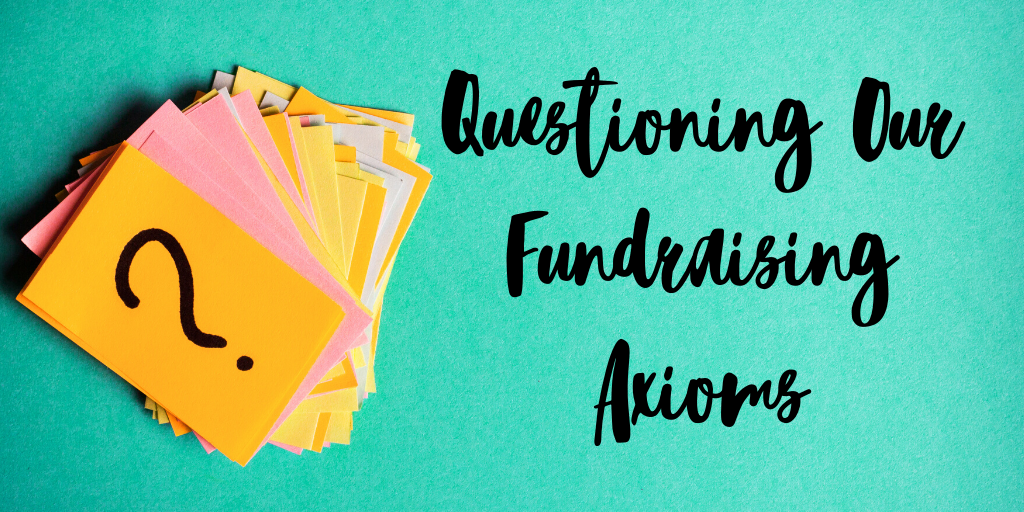



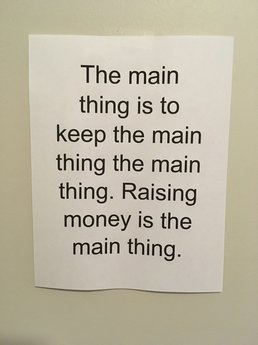
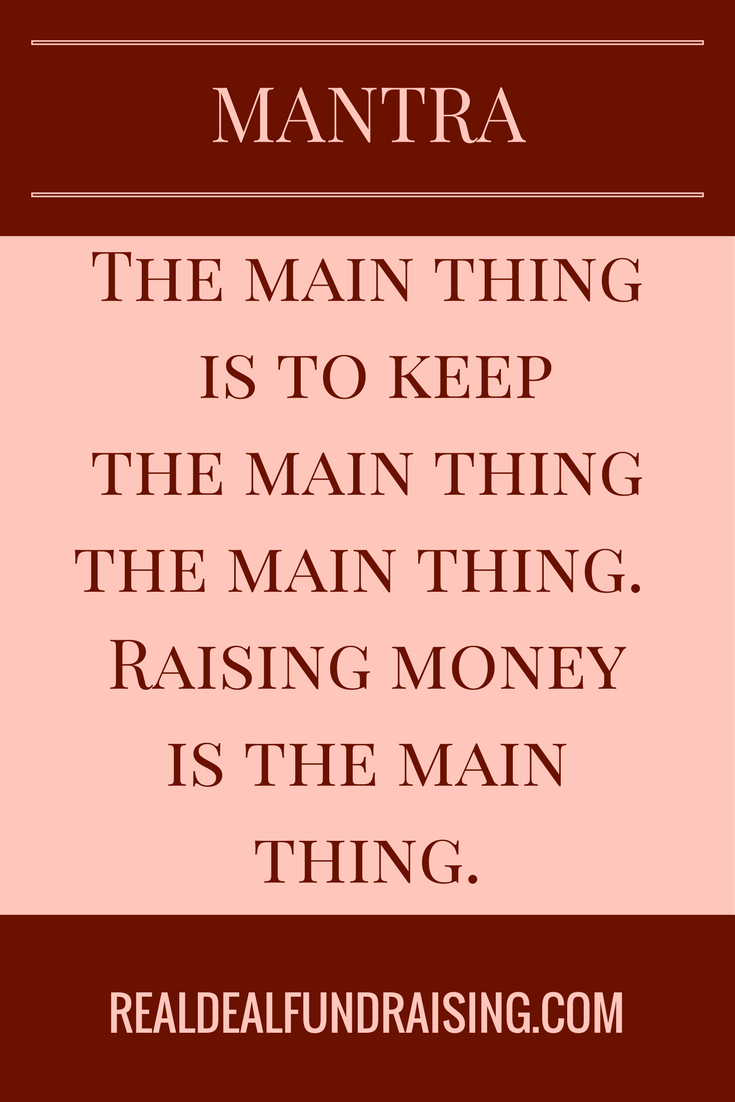
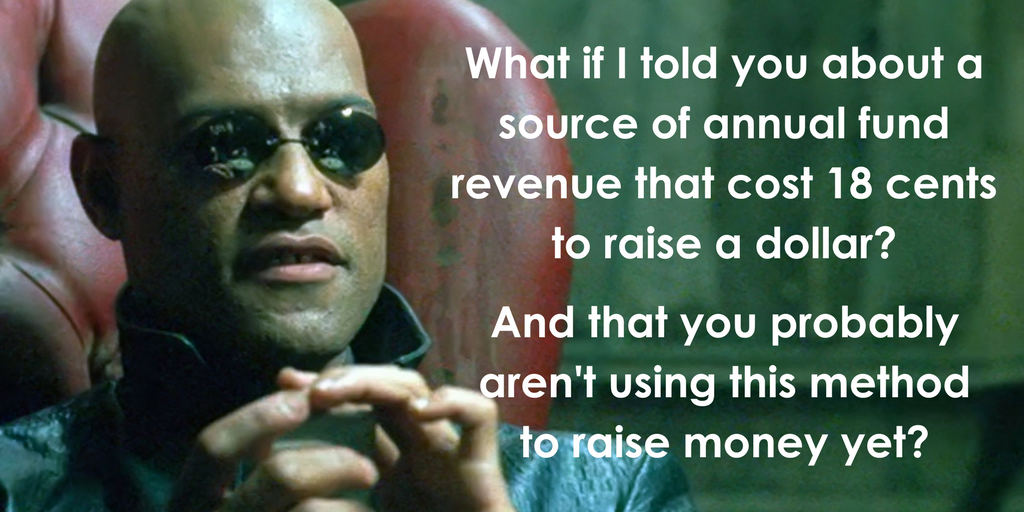
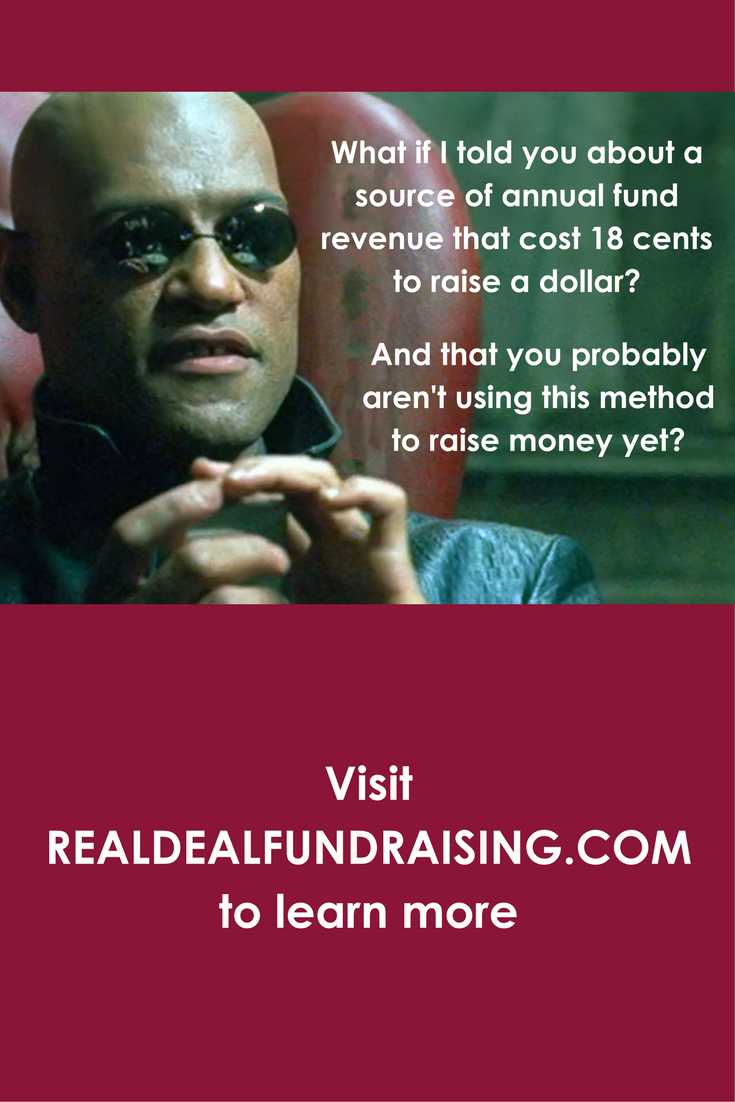
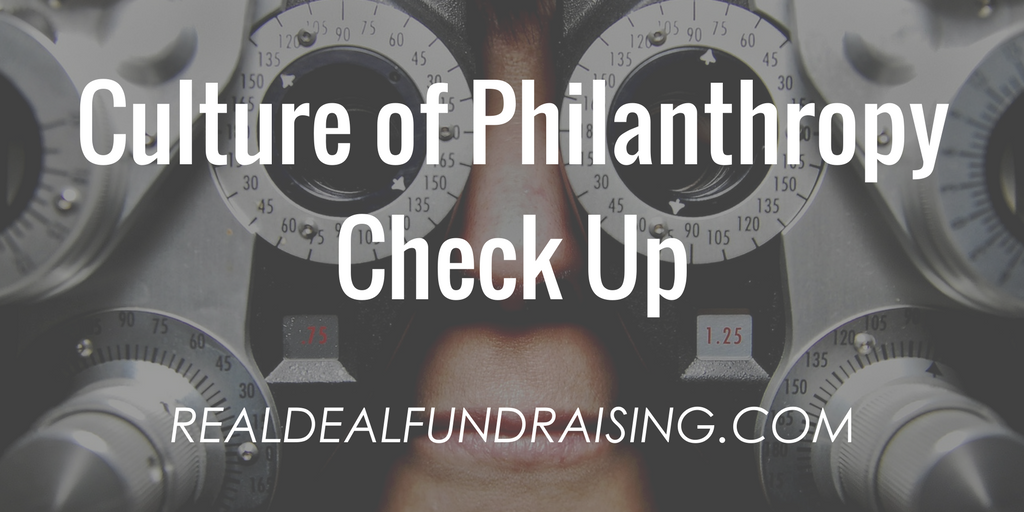
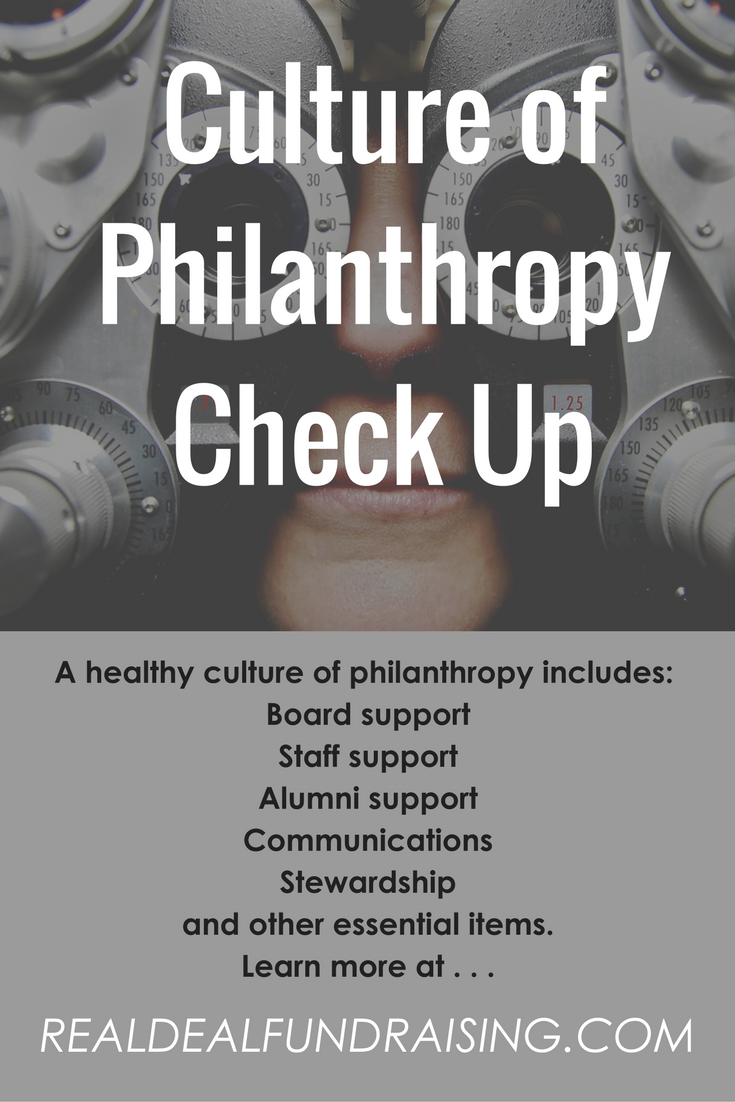


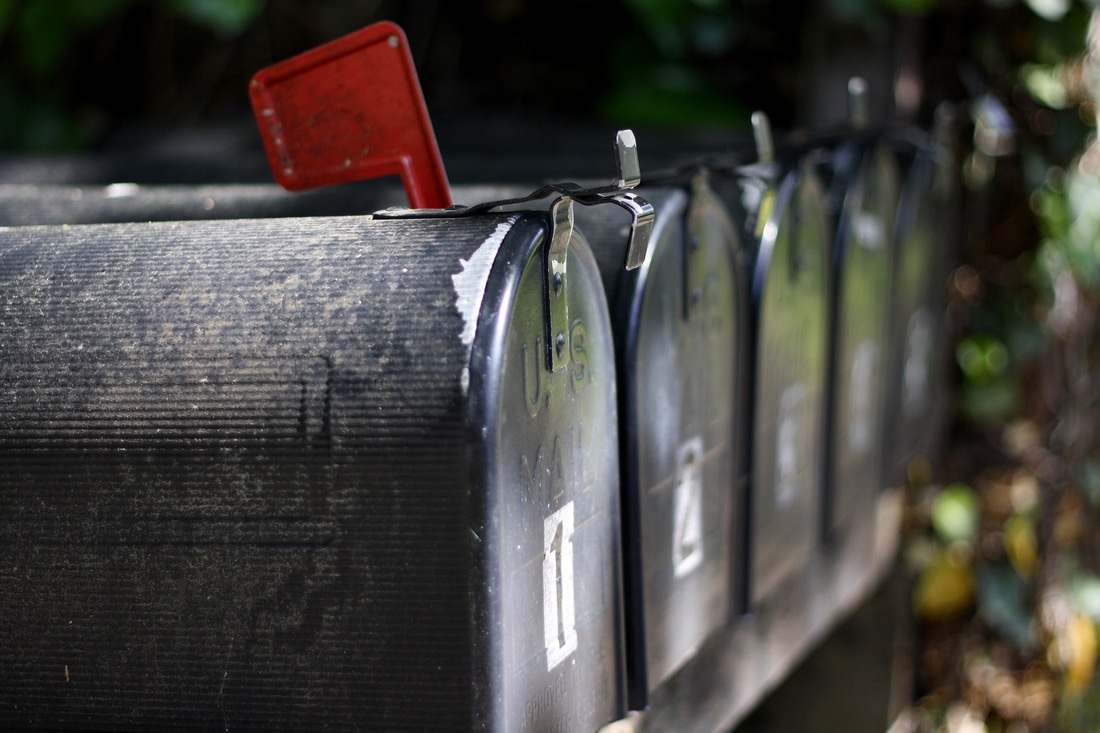
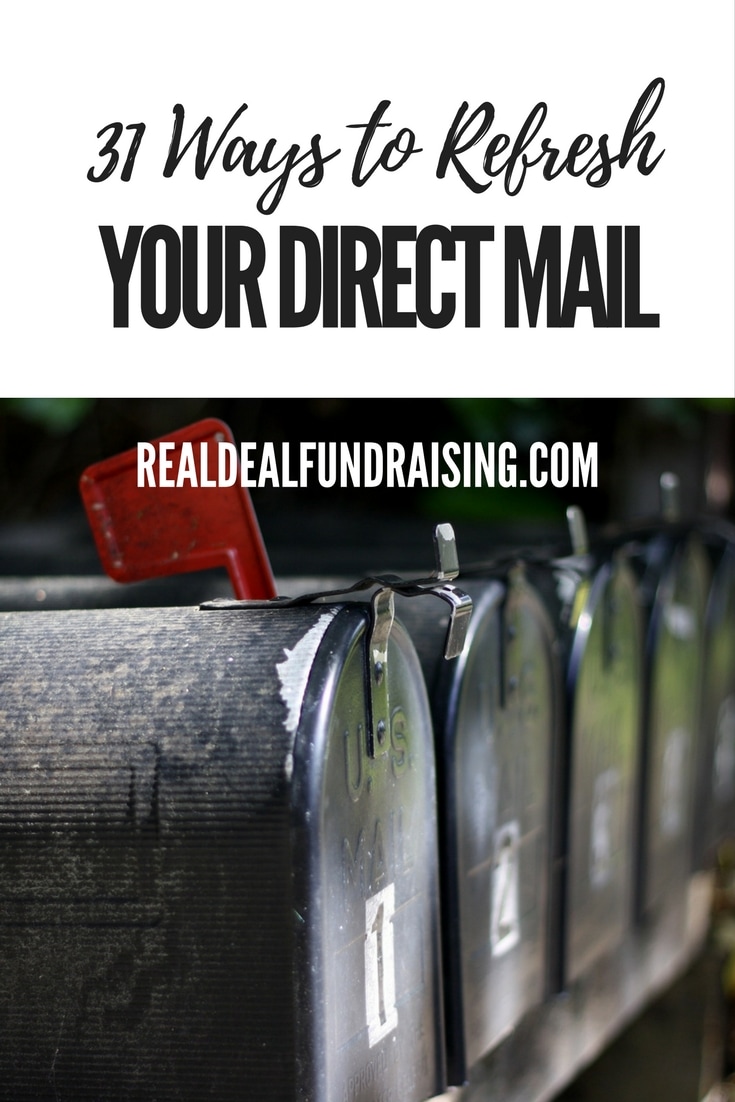
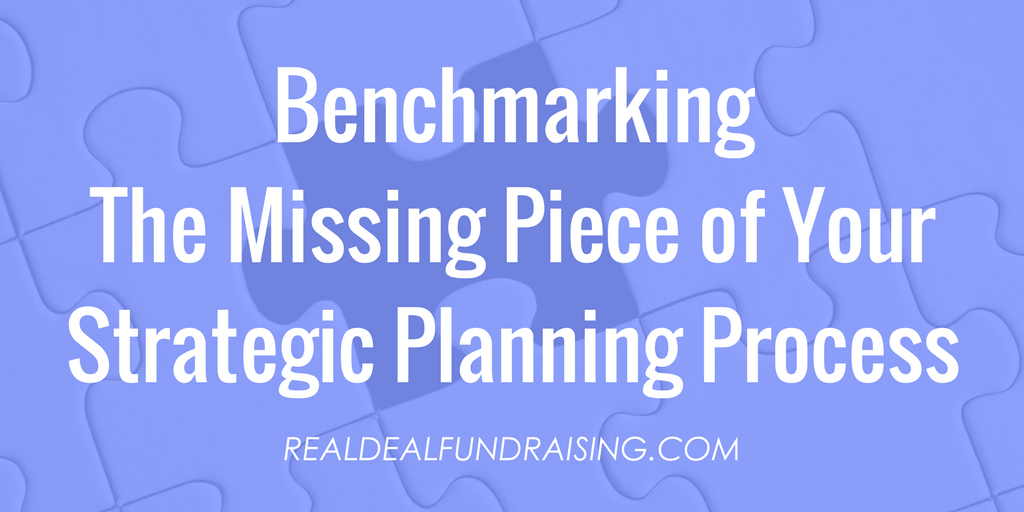
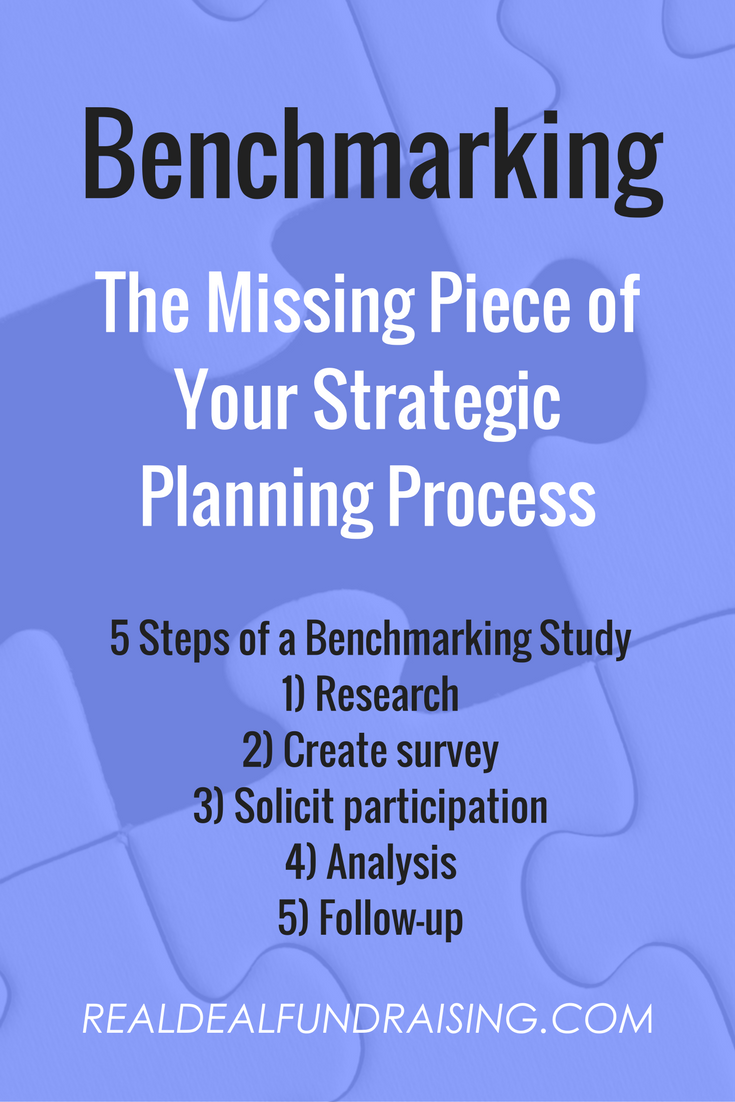

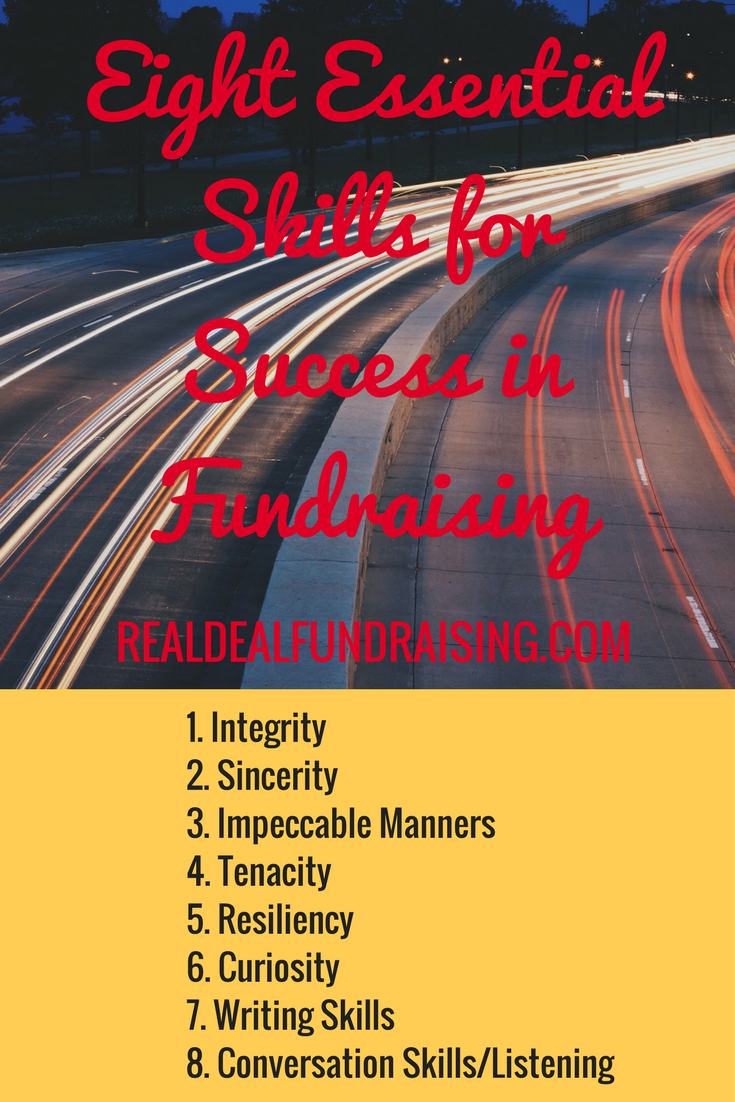

 RSS Feed
RSS Feed
